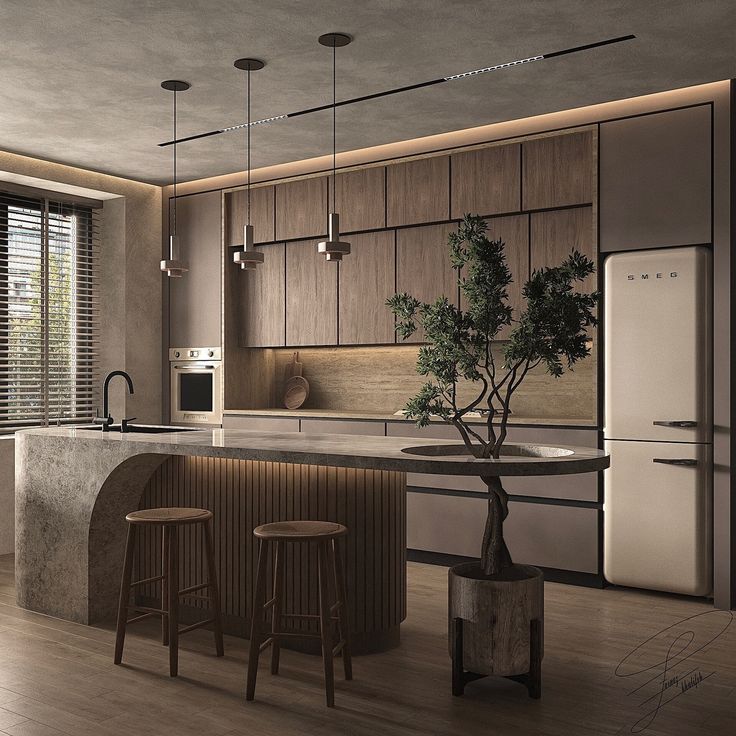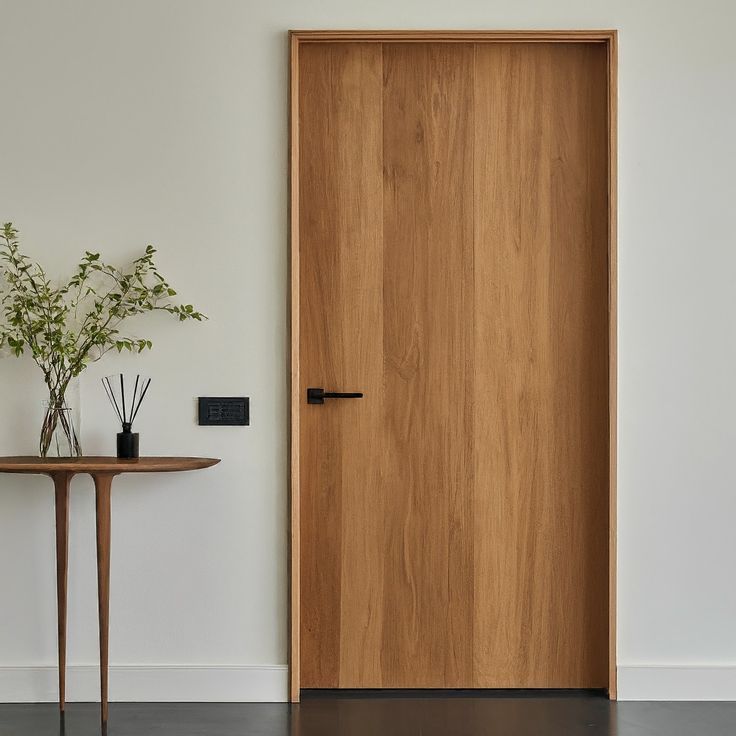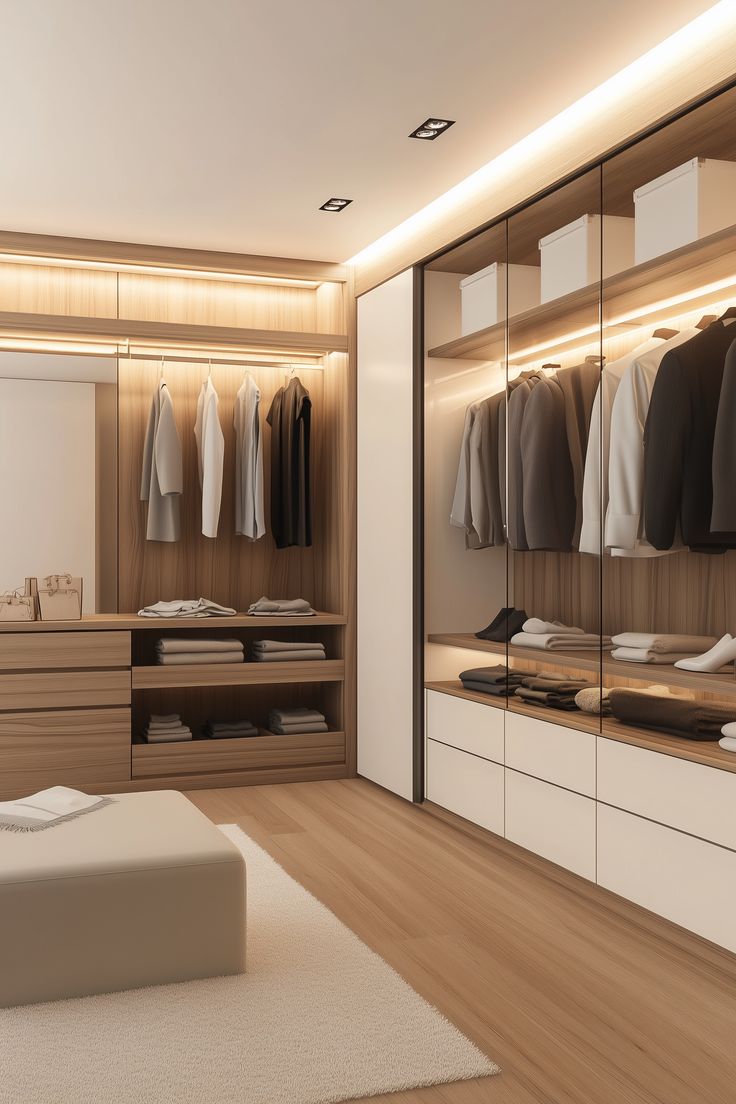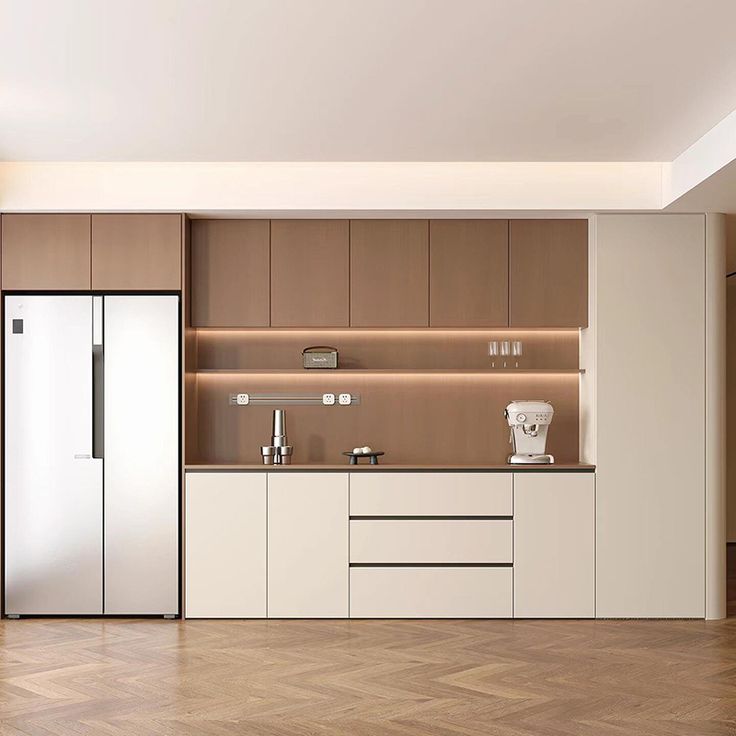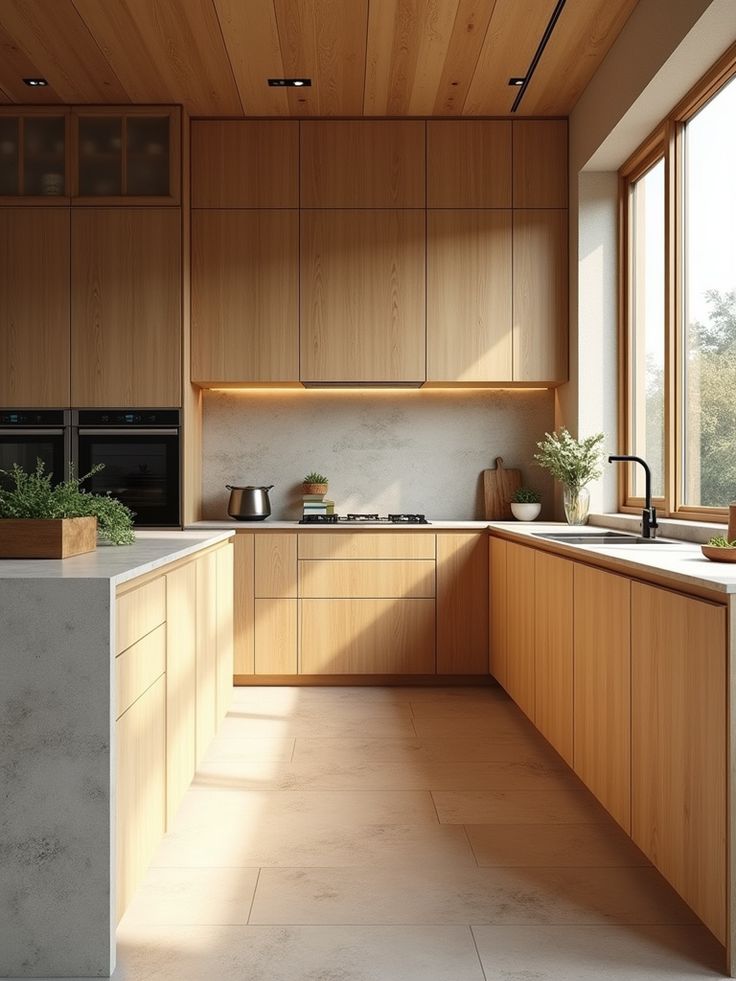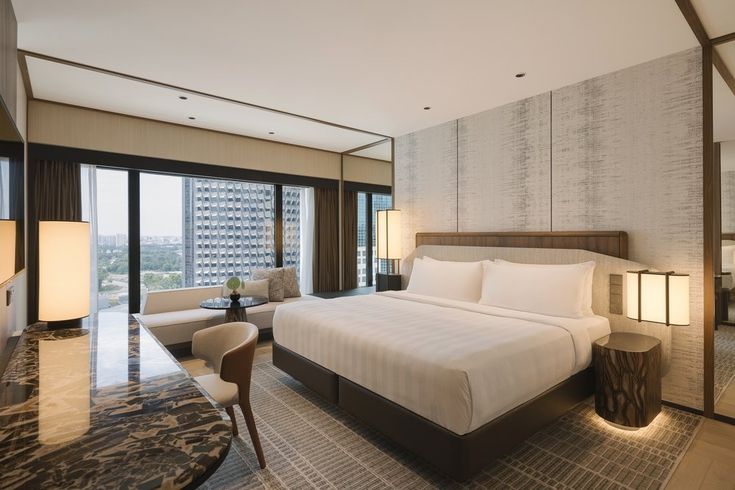Total Cabinetry And Joinery Solution
ENG
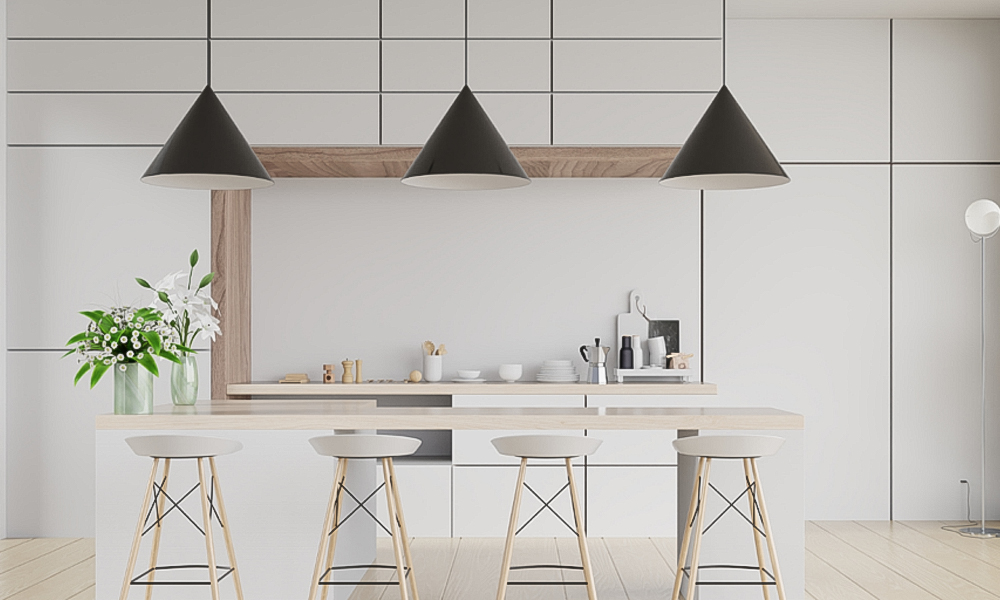
Clear communication is the foundation of a successful Kitchen Cabinet Design project. By moving systematically kitchen cabinet design from 2D to 3D renderings, both designers and clients can ensure accuracy, reduce misunderstandings, and achieve the perfect final result.
Every successful Kitchen Cabinet Design begins with a clear understanding of the client’s expectations. We start the process with a detailed consultation, where we discuss preferred cabinet styles (modern, shaker, minimalist, luxury), colour schemes, storage habits, and daily cooking routines. This helps us determine whether the homeowner needs features such as deep pan drawers, spice pull-outs, corner carousels, or tall pantry units. Budget and material preferences—such as MDF, plywood, or solid wood—are also evaluated to match design aesthetics with cost efficiency. By analysing lifestyle needs, space limitations, and visual preferences, we ensure that the final Kitchen Cabinet Design is not only beautiful but also highly functional and personalised.

At this stage of the Kitchen Cabinet Design process, our design team begins by creating a detailed 2D layout that defines the overall structure of the space. The plan carefully maps out the placement of key functional zones, including the sink, cooking area, refrigerator, and food preparation surfaces. Top and base cabinets are distributed according to workflow principles such as the “Washing ➜ Preparation ➜ Cooking” sequence, ensuring an efficient kitchen triangle.
The 2D layout also specifies cabinet heights, walkways, and ergonomic access points for drawers and tall units. Proper spacing for electrical outlets, oven housing, hob cutouts, and plumbing points is marked to support smooth on-site execution.
We typically use professional tools such as AutoCAD, SketchUp, or cloud-based design software to generate a clean and accurate foundation. This drawing becomes the backbone of the entire Kitchen Cabinet Design journey.
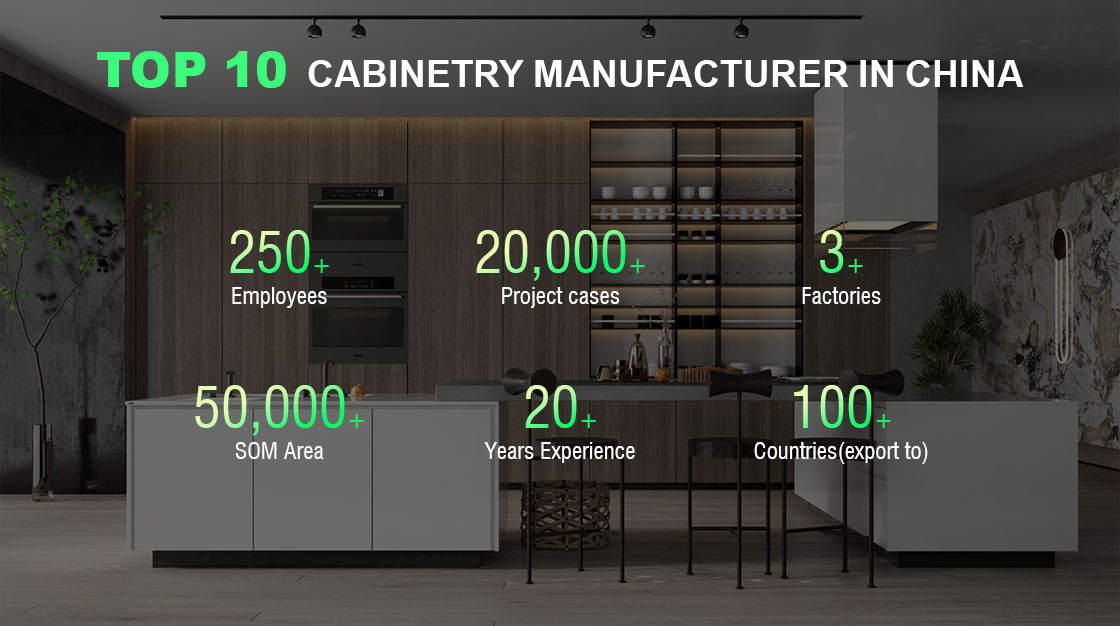
Once the 2D layout is finalized and approved, our design team moves into the next phase—converting the flat drawing into a fully immersive 3D rendering. At this stage, the Kitchen Cabinet Design shifts from simple dimensions to a visually engaging concept that clients can easily understand and evaluate.
In this step, we apply realistic materials, cabinet styles, door profiles, handles, countertop finishes, and even lighting effects to ensure the rendering accurately reflects the final product. Whether clients prefer modern flat-panel doors, classic shaker styles, or luxury gloss finishes, the 3D model allows them to preview every aesthetic detail. This helps them clearly envision how their chosen Kitchen Cabinet Design will look in their actual space.
We also simulate key interior elements such as appliances, layout functionality, and walking flow to ensure ergonomic efficiency. By presenting multiple angle views—front elevation, island perspective, and panoramic kitchen overview—we allow clients to confidently confirm the design or suggest revisions before moving to production. This significantly reduces misunderstandings and modification costs later in the project.
In short, the 3D rendering phase turns the Kitchen Cabinet Design from a plan into a visual experience, giving clients confidence, clarity, and peace of mind before final approval.
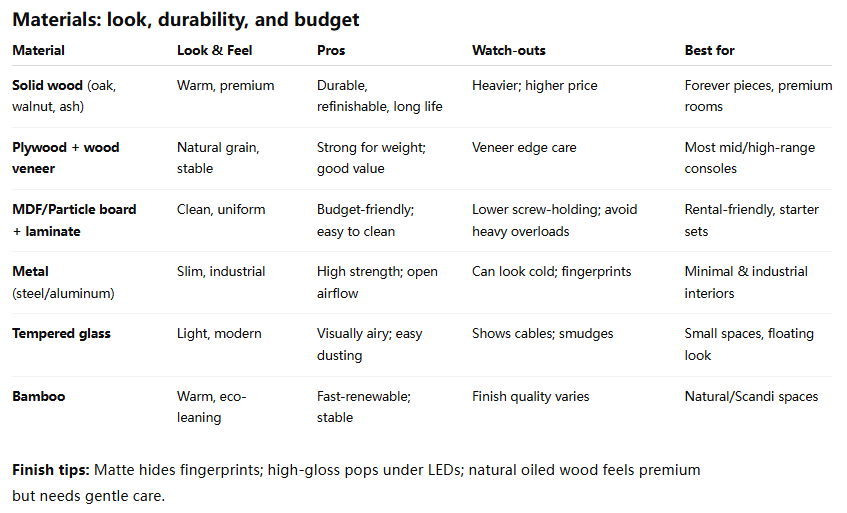
After the 3D rendering is presented, we gather detailed feedback from the client to ensure every element of the Kitchen Cabinet Design aligns perfectly with their expectations. This stage focuses on refinement and optimization, allowing adjustments before the project progresses to the technical and production phase.
During this process, clients can request design modifications such as:
1、Tweaking cabinet dimensions to improve storage efficiency
2、Changing door styles, handle models, or finish materials
3、Adjusting the color scheme to better suit interior themes
4、Repositioning appliances for improved kitchen workflow
5、Adding extra features like corner pull-out systems, spice organizers, or soft-closing mechanisms
6、Enhancing the layout for ergonomic convenience (e.g., better prep-to-cook flow)
We typically offer multiple revision rounds for the Kitchen Cabinet Design, ensuring full satisfaction without rushing the decision-making process. By addressing all adjustments at this stage, we eliminate costly rework during manufacturing and reduce the risk of misunderstandings between clients, designers, and production teams.
This refinement step serves as the final checkpoint to confirm functional practicality, aesthetic harmony, and user experience—ensuring that the Kitchen Cabinet Design is 100% production-ready and truly aligned with the client’s vision.
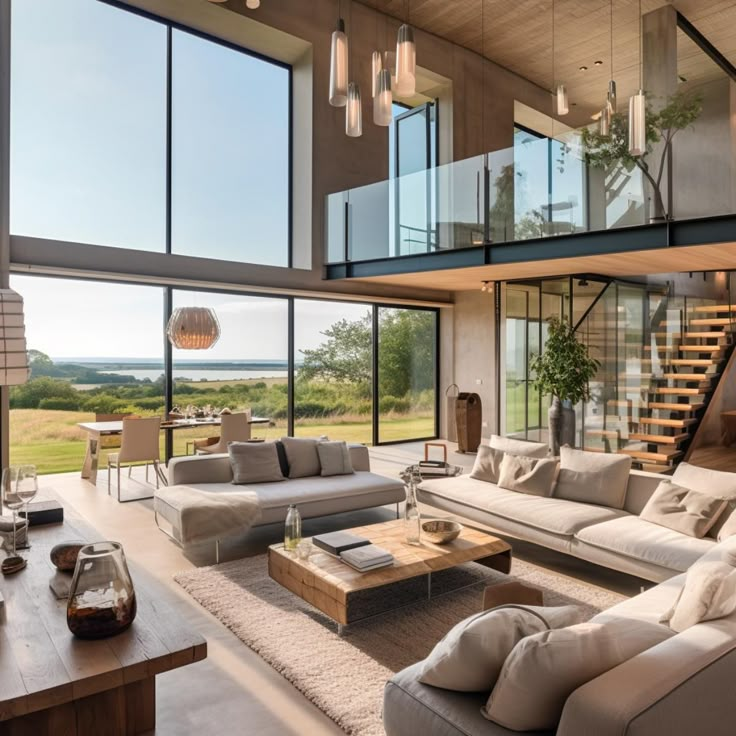
Once the Kitchen Cabinet Design is fully approved, we move into the production phase with factory-level precision. Our engineering team transforms the finalized concept into detailed manufacturing drawings (including panel breakdowns, hardware locations, and drilling maps), ensuring every cabinet aligns with the original design intent.
1、Conversion of Kitchen Cabinet Design into technical drawings for CNC machining.
2、Automated panel cutting, drilling, and edge-banding using advanced machinery.
3、Surface finishing according to the selected style—UV lacquer, PET foil, melamine, or painted.
4、Quality inspection at every stage, checking alignment, finish consistency, and structural durability.
5、Hardware fitting tests for hinges, drawer systems, and accessories (Blum, DTC, Hettich, etc. as per order).
To ensure the final product reflects the quality of the original Kitchen Cabinet Design, all cabinets are carefully packaged using:
1、5-layer export-grade cardboard
2、Foam corner protection & bubble wrapping
3、Individual labeling based on assembly sequence
4、Optional palletizing or plywood case packaging for extra protection
We support multiple Incoterms (EXW, FOB, CIF, DDP) and coordinate with reliable shipping partners for smooth overseas delivery. Clients receive a complete packing list, installation guide, and assembly instructions to ensure easy on-site installation.
At AIS, we believe design communication should be simple, clear, and visual. , we make sure the final kitchen is exactly what they imagined—functional, stylish, and tailored to their needs. Following a clear process from 2D plans to 3D renderings in Kitchen Cabinet Design ensures efficiency, accuracy, and client satisfaction—making it an essential method for both residential and commercial projects.With AIS, what you see is truly what you get.Explore next: Top 10 Master Bedroom ldeas For Your Home In 2025
